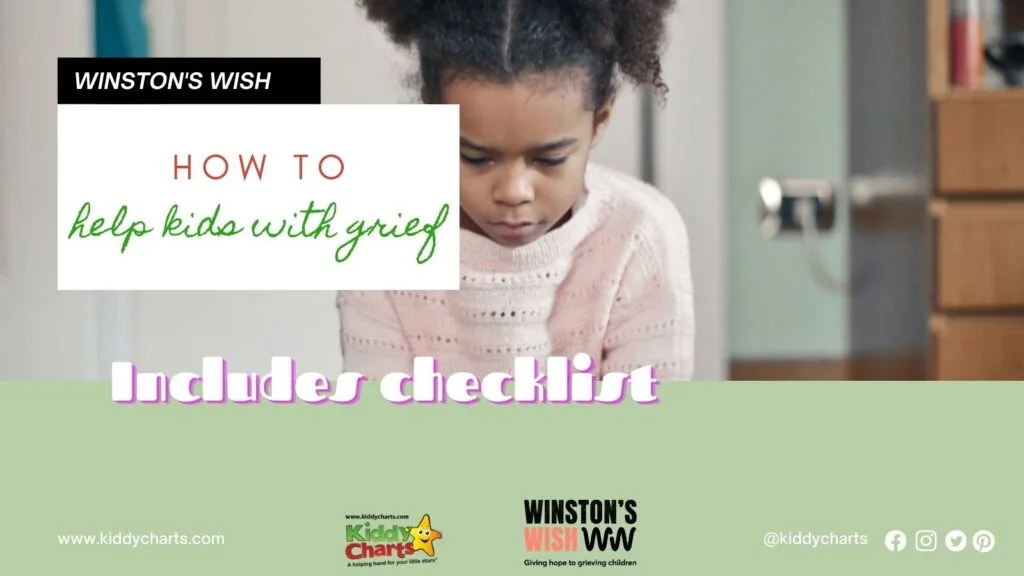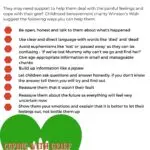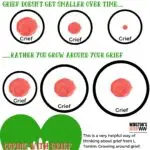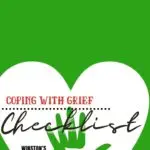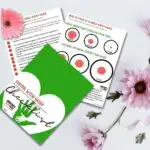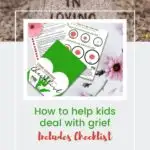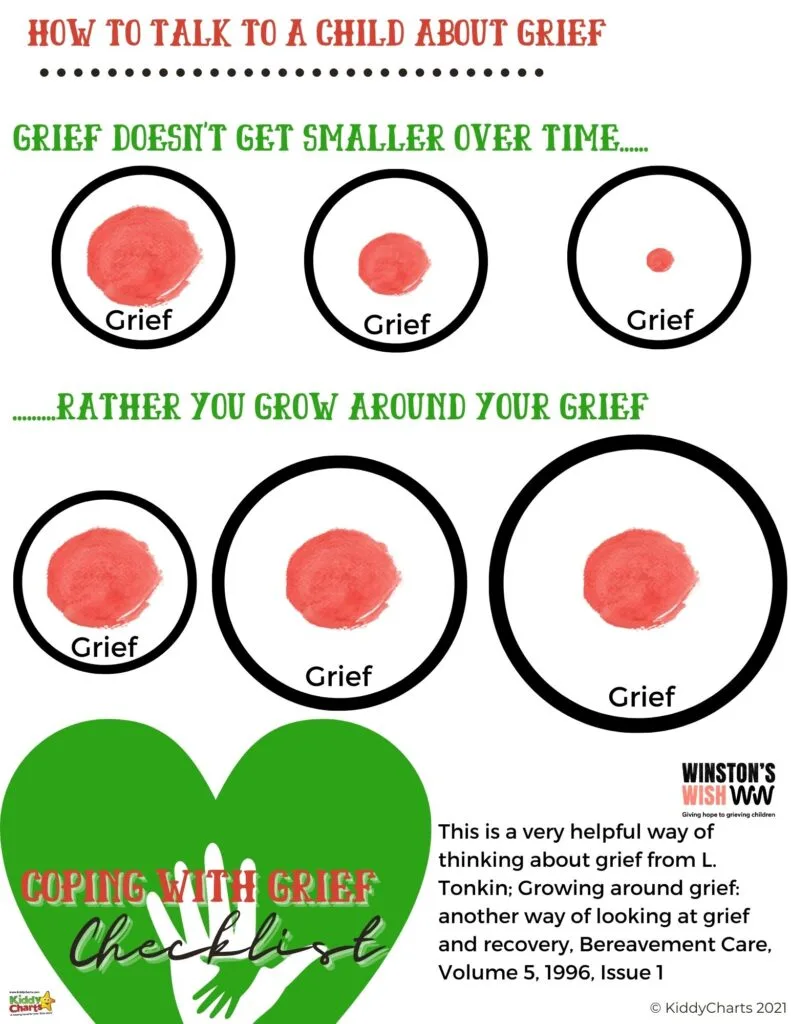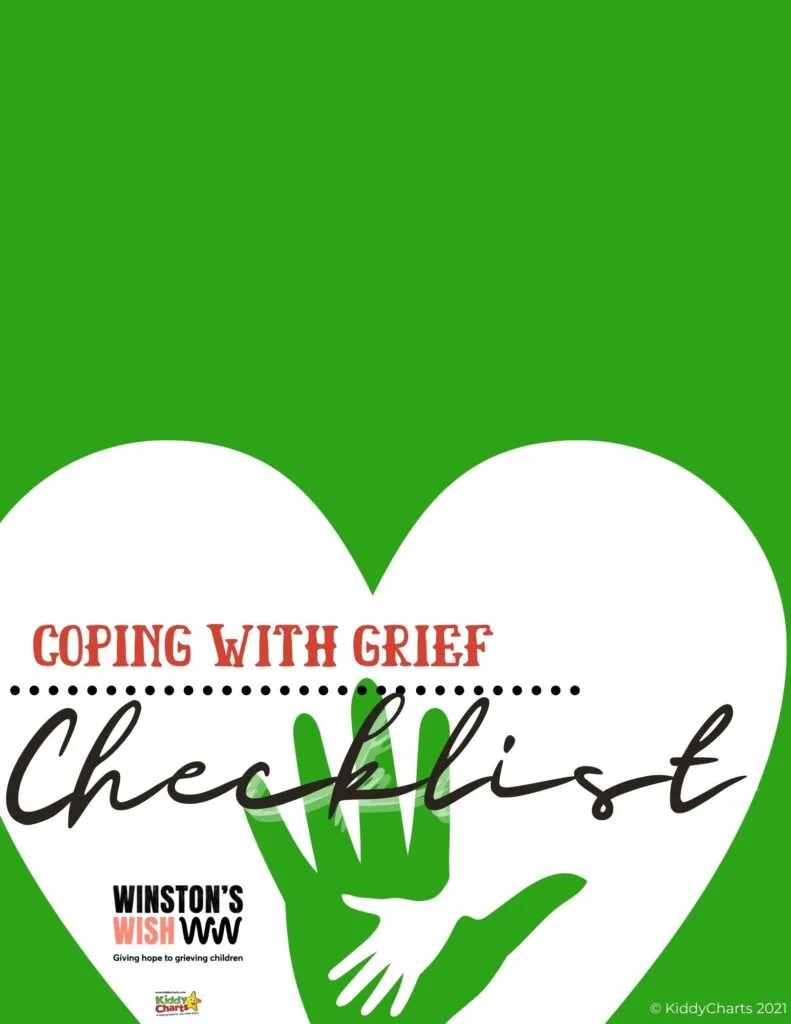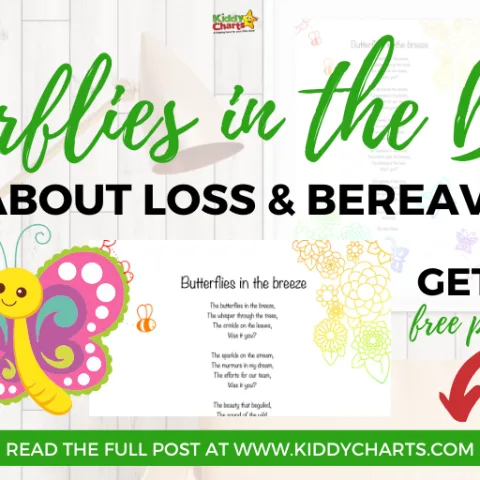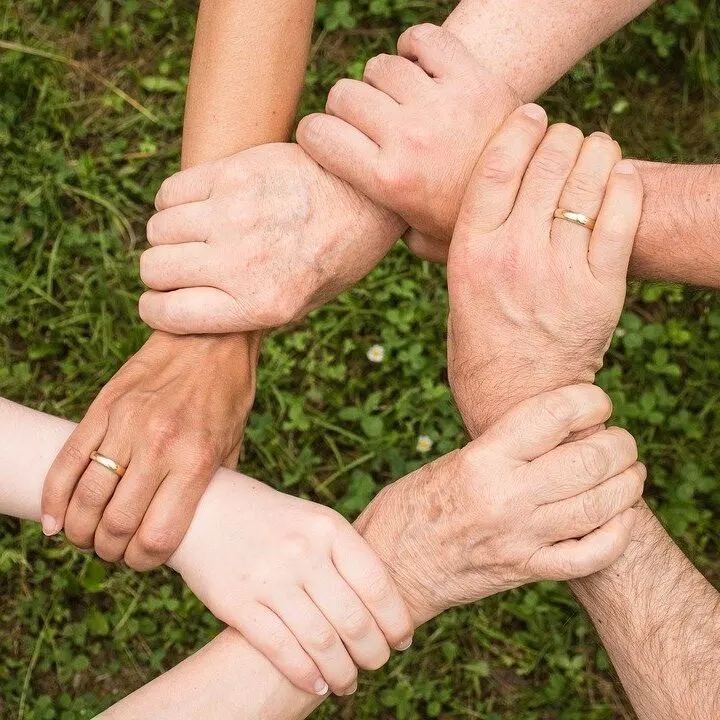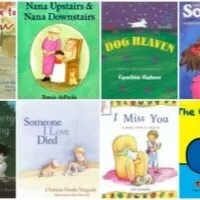The death of a parent or sibling is a devastating situation for any child. Sadly, the Covid-19 pandemic has resulted in many more bereaved children and young people as well as making it much more difficult for them to grieve. We are giving you, in partnership with Winston’s Wish Charity, some ways to help with grief. This includes a checklist for you to use when you are helping them cope with their grief.
This is a collaborative post.

Lockdowns, school closures, being cut off from friends and family, and being unable to say goodbye to loved ones has caused many children and young people to bottle up their grief, because they simply can’t deal with the painful feelings and emotions while also living through a pandemic.
Deferring their grief in this way can lead to a number of difficulties for children and young people but here are some ways you can help them, from childhood bereavement charity Winston’s Wish. They have also created a number of resources which you can download here: winstonswish.org/pandemic-grief.
First of all – let’s go through the details of how we can help with grief, and then you can scroll down to the grief checklist to download, and remind you of the best way to help children with grief.
1. Talk openly to children and give clear and simple information
Adults often want to protect children and shield them from pain, however children are very aware and will pick up when something as huge as a death has happened. They tend to fill in the gaps themselves and may imagine all sorts of things about a death, which are often worse than the reality. So it’s better to be open, honest and talk to them about what’s happened.
It may feel harsh, but use clear and direct language and words like ‘died’ and ‘dead’ when explaining what has happened. Terms like ‘lost’ or ‘passed away’ can be confusing to children who might want to find the person who is ‘lost’.
“I have something very sad to tell you. Mummy has died. This means that her body stopped working. Her heart stopped beating, her lungs stopped breathing and her brain stopped thinking, and so she died. This means we won’t be able to see or play with Mum again.”
Winston’s Wish
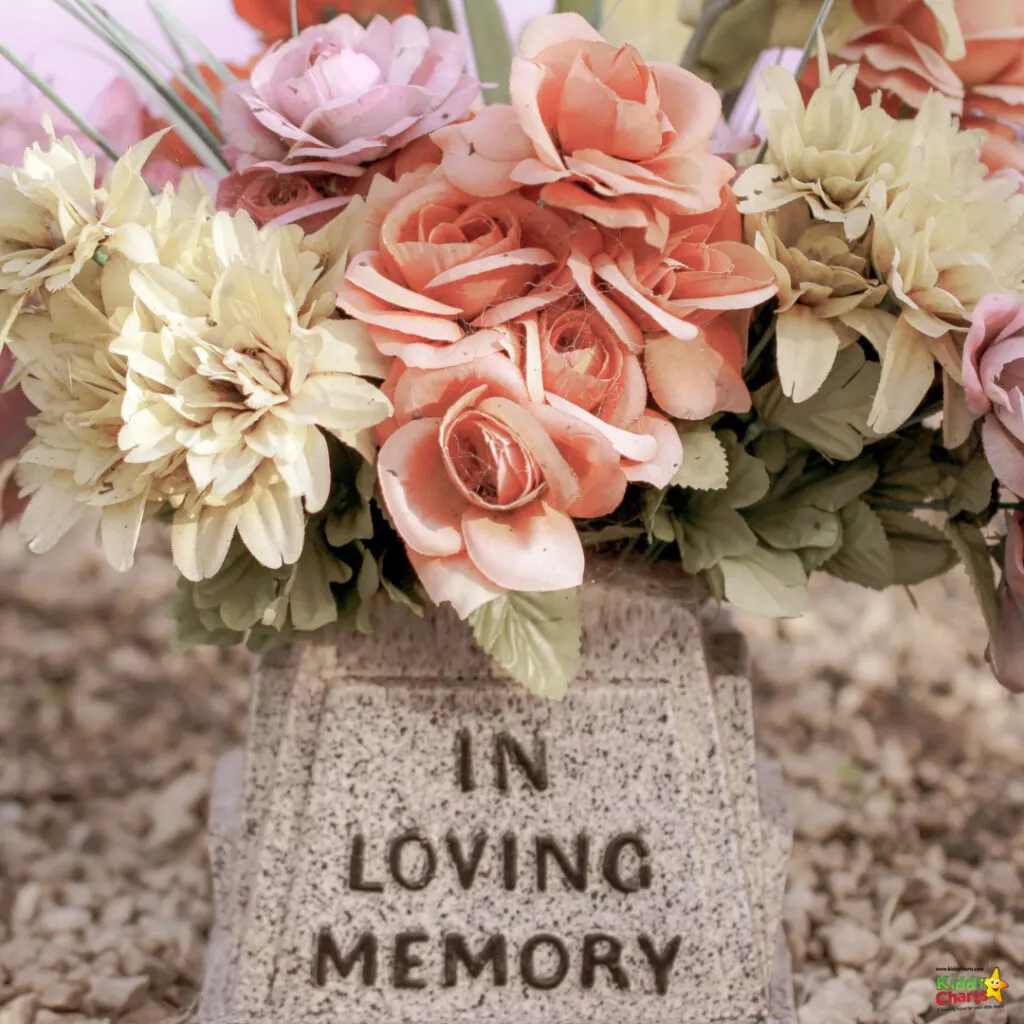
2. Let children ask questions
You don’t need to give them all the information in one go. Give them information in small, manageable chunks and build up the picture, like a jigsaw. If you’re not sure, you could ask them what they want to know. Also let your children ask questions and let them know they can ask more questions in the future. Even if you do not know the answer immediately, tell them that you will try and find out.
“Would you like to know what happened at the hospital?”
Winston’s Wish
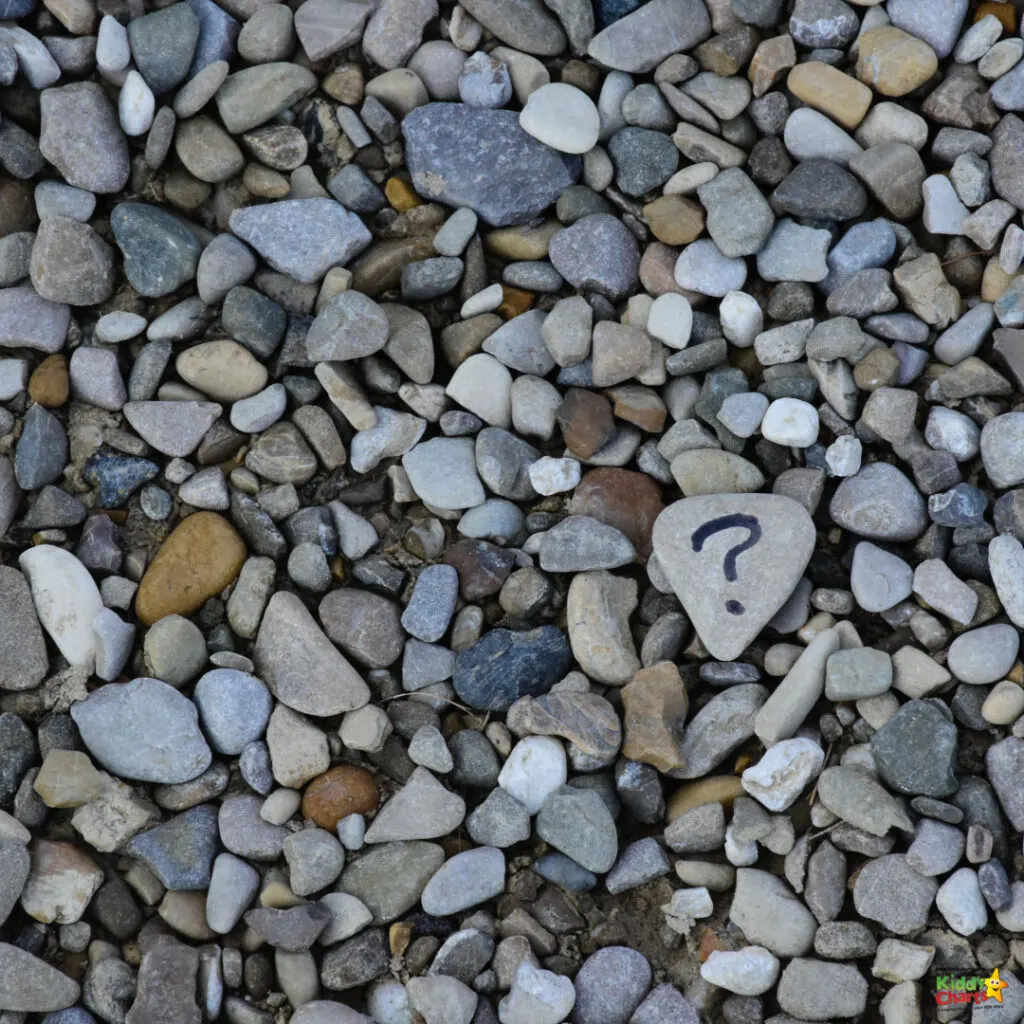
3. Reassure them about what may happen in the future
Bereaved children and young people may worry about the future – what if you have to move home because you can’t afford the mortgage? What if someone else gets ill and dies? These worries may be even more acute with the impact of the pandemic. Reassure your children about the future as much as you can, involve them in conversations and let them know that they can talk to you about their worries.

4. Show them it’s ok to express their feelings by sharing your emotions
Many children and young people are worried about talking about their feelings of grief or mentioning the person who has died because they think it will upset their friends and family. So they may avoid talking and bottle up their feelings. By talking about your feelings and not hiding when you’re upset you can show them that it’s ok to talk about their feelings.
“I’m crying because I feel really sad because Daddy died and I miss him. It’s not your fault and you didn’t make me sad.”
Winston’s Wish
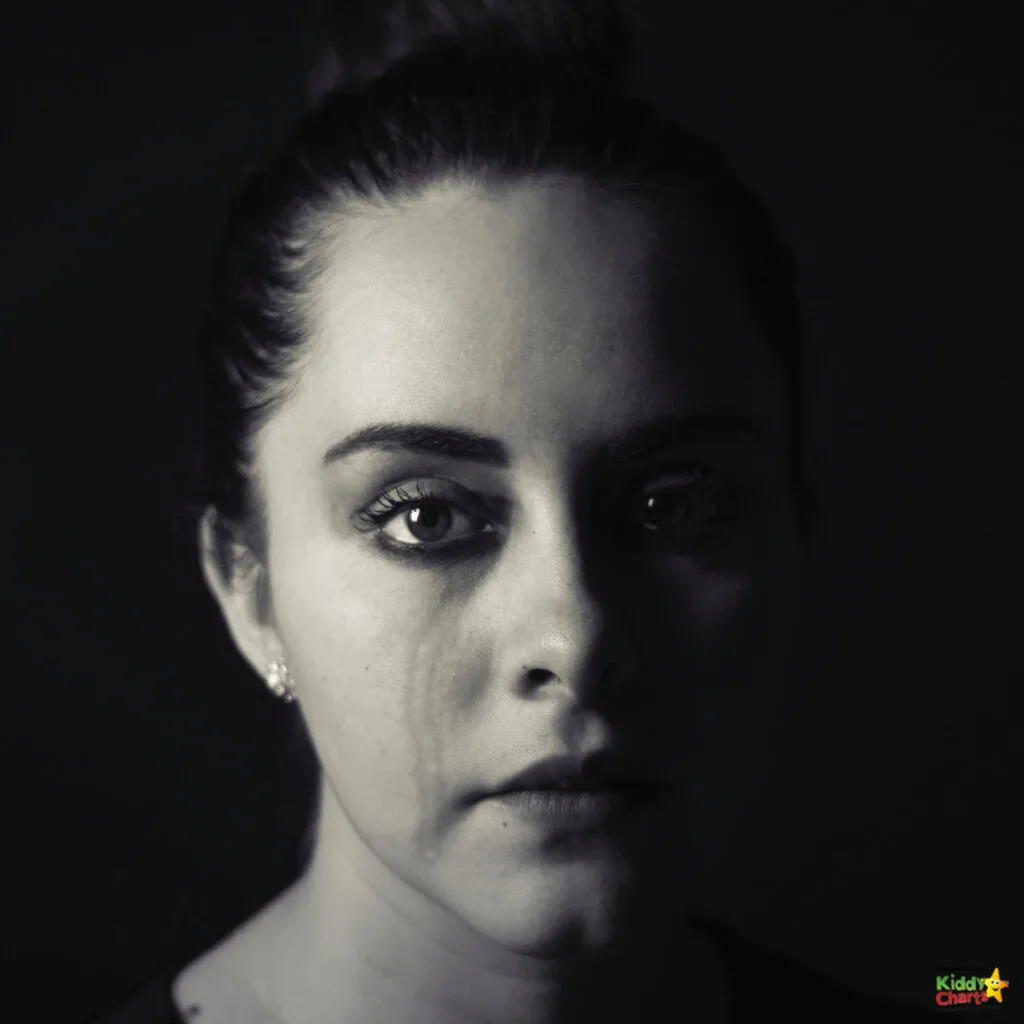
5. Help them to explore and express their feelings
There are a number of reasons why children and young people bottle up their feelings of grief. Some build up walls around their grief to stop themselves feeling the overwhelming painful feelings. Others feel that if they guard down and start talking about their feelings they won’t be able to keep their grief under control anymore. However, you can’t postpone these feelings forever, and they may come out in different ways. Winston’s Wish have a number of activities that can help grieving children to express their emotions.

6. Find ways to help children remember that person’s life
Many children and young people can worry about upsetting others by talking about the person who died. Or, if children were young when their important person died, they may not have many memories of them. You can help by talking about them and sharing memories with your children. A memory box is a great way for children to keep treasured items, like photos, cards, jewellery and clothing, and something they can look at whenever they want to remember their special person.
“Dad’s favourite meal was curry, shall we cook that together for dinner?”
Winston’s Wish

7. Make a plan for anniversaries, birthdays and special days which might be difficult
Grieving children and young people can have up and down days at any time, but there are certain days which are likely to be difficult. This could be the anniversary of the person’s death, their birthday, Father’s/Mother’s Day or other dates that are significant to you. It can help to make a note of these and prepare by talking about what you would all like to do on that day – maybe you could visit a special place or plant a tree?

8. If needed find specialist bereavement support
Sometimes a child or young person will need more specialist bereavement support. Winston’s Wish offers support through a Freephone Helpline, email, online chat, bespoke individual and family support and monthly support groups. Find out more here: https://www.winstonswish.org/supporting-you/
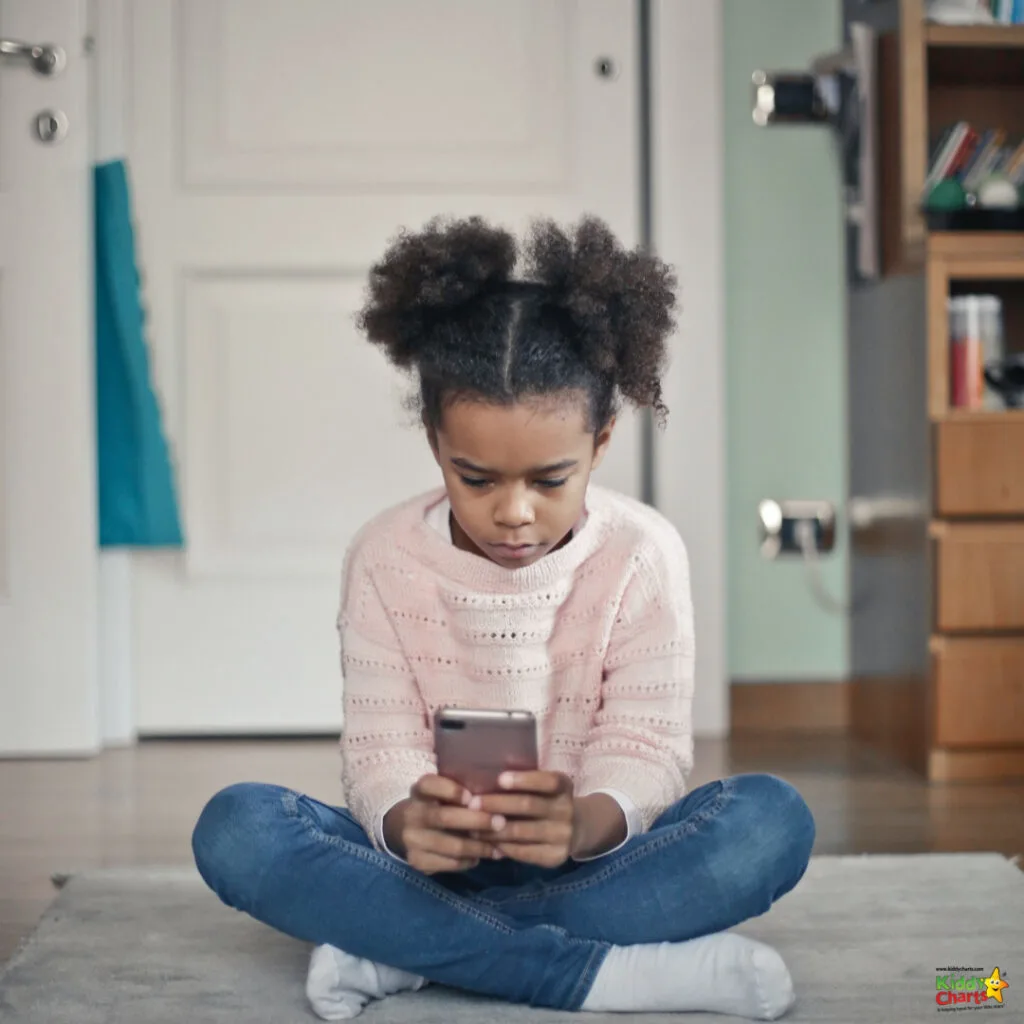
We hope you agree that these are great pointers to help kids with grief from Winston’s Wish. Now let’s chat about the checklist they have put together for us.
Grief checklist from Winston’s Wish
This checklist is designed to help you to talk to a child about grief, both yours and theirs.
The death of a parent or sibling is a devastating situation for any child. They may need support to help them deal with the painful feelings and cope with their grief.
Childhood bereavement charity Winston’s Wish suggest the following ways you can help them.
- Be open, honest and talk to them about what’s happened
- Use clear and direct language with words like ‘died’ and ‘dead’
- Avoid euphemisms like ‘lost’ or ‘passed away’ as they can be confusing – ‘if we’ve lost Mummy why can’t we go and find her?’
- Give age-appropriate information in small and manageable chunks
- Build up information like a jigsaw
- Let children ask questions and answer honestly, if you don’t know the answer tell them you will try and find out
- Reassure them that it wasn’t their fault
- Reassure them about the future as everything will feel very uncertain now
- Show them your emotions and explain that it is better to let their feelings out, not bottle them up
- Visit winstonswish.org to download resources and activities to help you and / or speak to their Freephone Helpline for further advice – call 08088 020 021 or email ask@winstonswish.org
We have added this to a printable so that you can check you are following it when you chat to your children – here is a look at it for you.
We have kept it simple, so it is easy for you to understand, and follow.
<< This checklist is available to download if you click on the button below >>
We hope that you have found this useful. We have lots of other resources for kids on the site, so take a look at our mindfulness resources generally, but these ones are focused on loss and bereavement:
Posts about loss and bereavement
Are you suffering from a loss or bereavement? We hope these posts also help you you navigate your way through this difficult time.
Butterflies in the breeze: A poem about loss
This is a poem written by the editor of this site, after the loss of her Dad. Hopefully it is helpful to others, just as it was to her.
Understanding death: 12 top tips to help your little ones
Explaining death to our children is a difficult topic so we share 12 tips to help your little ones understand death.
Helping younger children deal with pet bereavement
A pet bereavement is a big loss to a child. In this post we help younger children deal with pet bereavement.
Being a Mum Without a Mum - Coping with Bereavement
Are you a Mum who has lost her Mum? You are not alone. This post will help you cope with being a Mum without a Mum.
Try these ones off the site too:
Other posts on bereavement
Here are more posts covering bereavement from other sites outside KiddyCharts.
How To Prepare Your Children For Loss
This is a really original article; helping your children prepare for loss, so that when it does happen, they are better able to cope with it.
The Memory Tree by Britta Teckentrup
A book to help kids to cope with grief from Britta Teckentrup; worth a look to add additional resources if you need them.
Helpful Children's Picture Books About Grief and Death
Some picture books that help children understand and process grief.
We do hope that you find this useful – fee free to explore our free printables, and why not sign up to our free membership site where you get more exclusive activities and ideas for kids?
We also have a weekly newsletter too – if you like us, why not take a look at that too?
As always, it is lovely to have you on the site. Thanks so much for coming to visit us.
Helen
